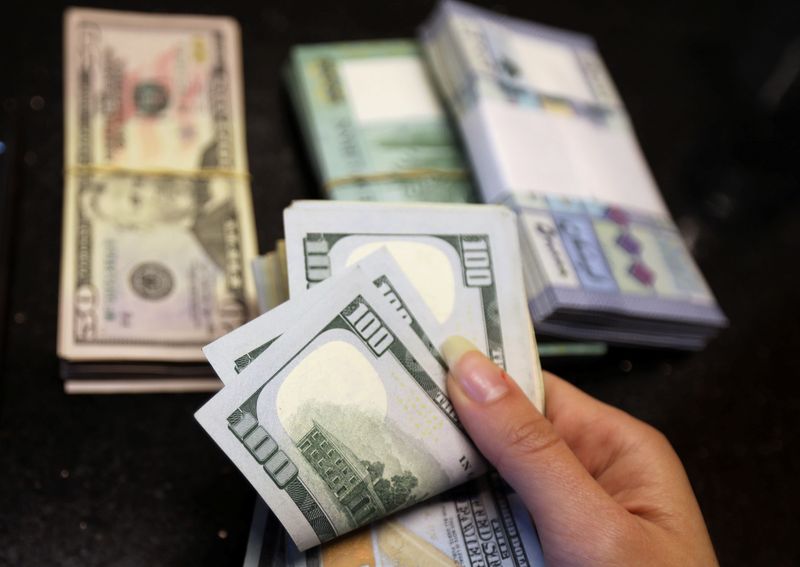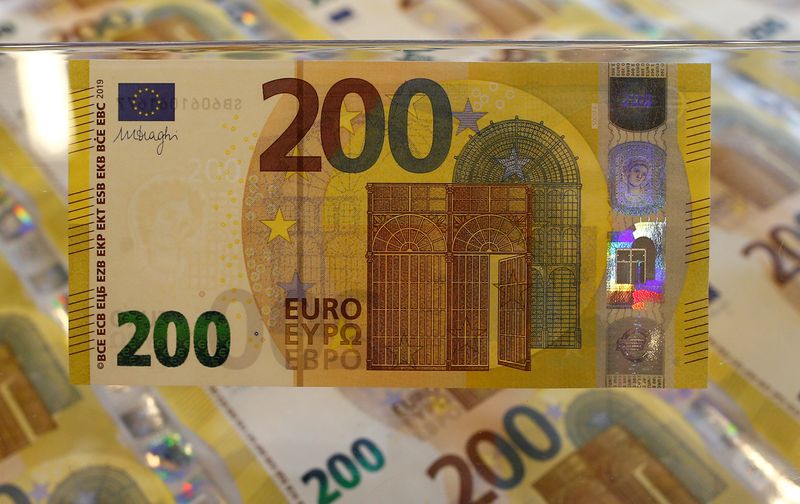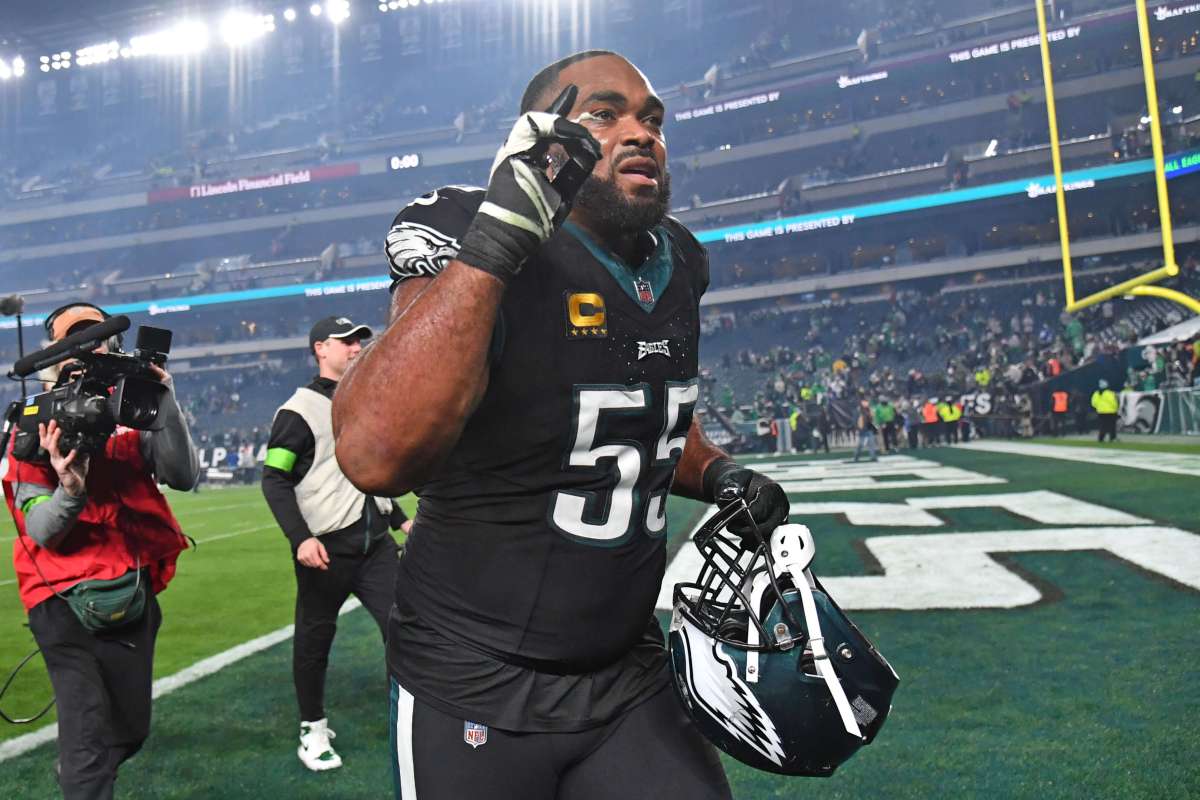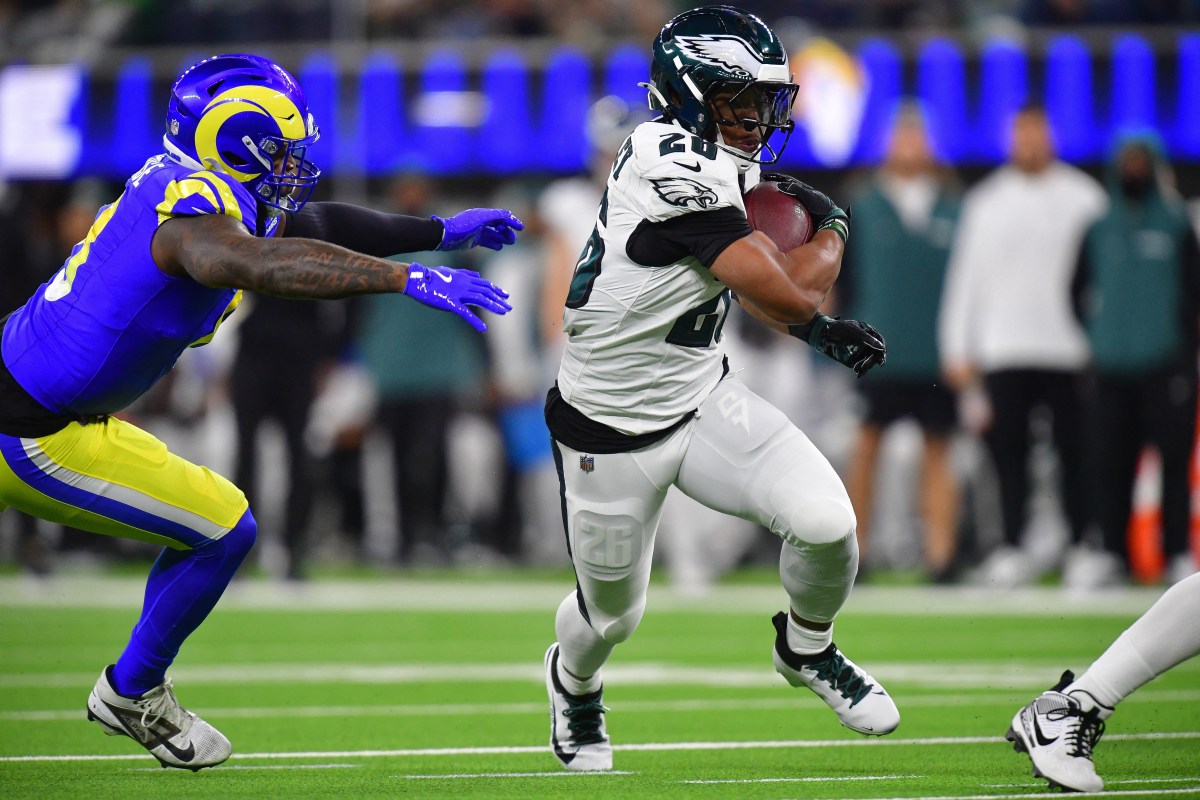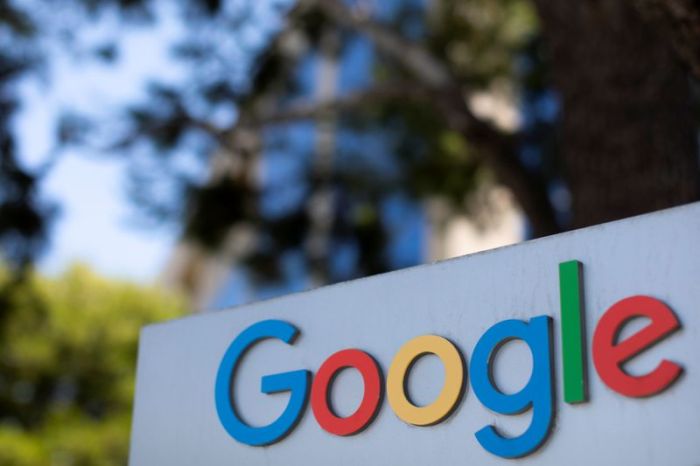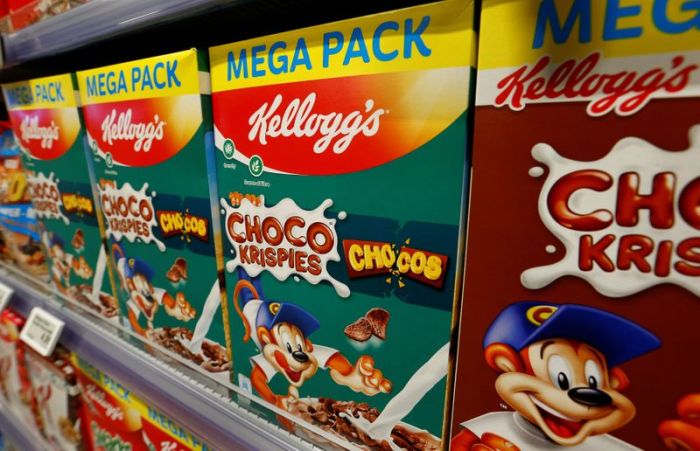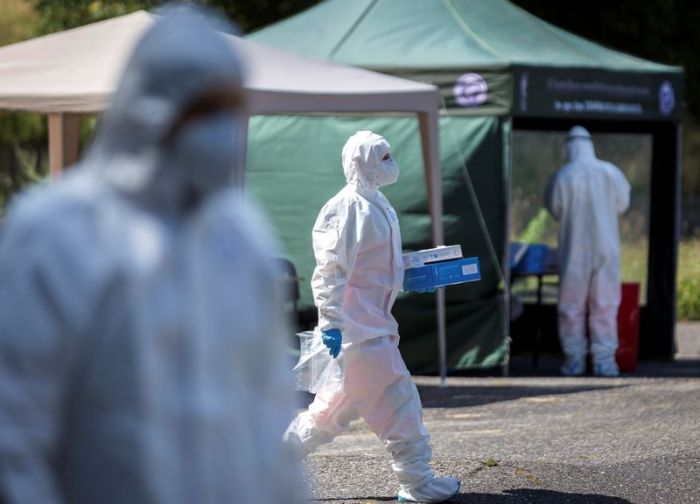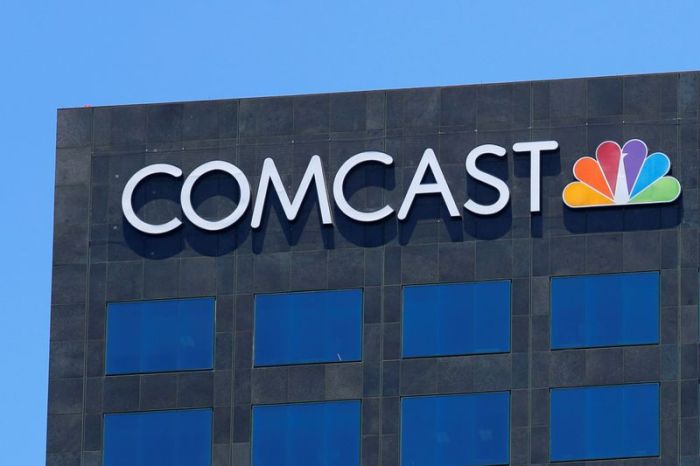NEW YORK (Reuters) – The U.S. dollar extended its recent decline on Thursday after U.S. President Donald Trump raised the possibility of delaying the nation’s November presidential election, while the euro hit a two-year high.
Trump repeated claims of mail-in voter fraud, writing on Twitter “delay the election until people can properly, securely and safely vote???”
The comments reversed an earlier dollar bounce.
“Any form of U.S. uncertainty, whether economics or politics, is an excuse to hit the sell button for the U.S. dollar,” said Joe Manimbo, senior market analyst at Western Union Business Solutions in Washington.
The greenback has been in a month-long nosedive as the continued spread of coronavirus across U.S. states weighs on the economy, and is on track for its worst monthly performance in a decade.
Data on Thursday showed that the U.S. economy contracted by 32.9% in the second quarter, the steepest pace since the Great Depression.
In a separate report, the Labor Department said initial claims for unemployment benefits increased 12,000 to a seasonally adjusted 1.434 million in the week ending July 25. A staggering 30.2 million Americans were receiving unemployment checks in the week ending July 11.
“Claims are telling us that the recovery is already starting to tire,” said Manimbo.
The dollar index against a basket of currencies <=USD> was last down 0.38% at 92.995. It is on track for about a 4.5% decline this month, which would be the worst monthly performance since September 2010.
The euro <EUR=> rose to $1.1844 against the dollar, its highest since June 2018, and was last at $1.1840, up 0.4% on the day.
The single currency was weighed down earlier on Thursday after data showed that the German economy contracted by a worse-than-expected 10.1% in the second quarter, its steepest plunge on record.
Sterling <GBP=> rose to $1.3091, its highest since March, and was last up 0.71% at $1.3087. It has risen for 10 consecutive days.
The British currency is likely poised for further strength as it catches up for previous underperformance, said Marc Chandler, chief market strategist at Bannockburn Global Forex in New York. “I think sterling is in the middle of a historic advance.”
Graphic: World FX rates in 2020 – https://graphics.reuters.com/GLOBAL-CURRENCIES-PERFORMANCE/0100301V041/index.html
(Editing by Nick Zieminski and Alistair Bell)

